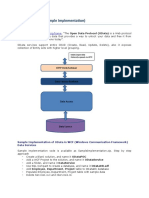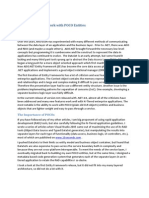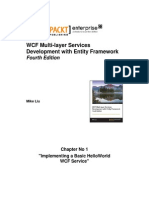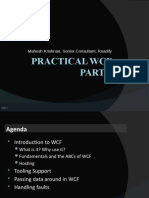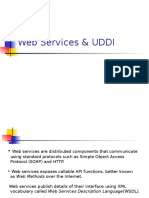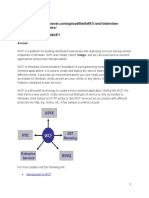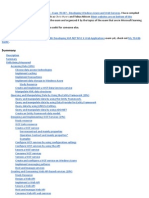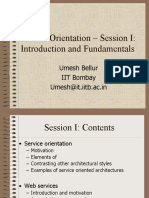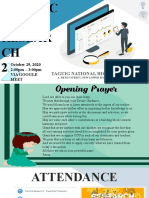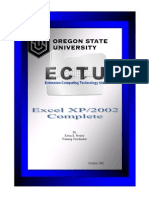0% found this document useful (0 votes)
82 views20 pagesWCF Data Services Guide
WCF Data Services allow exposing data as a RESTful web service using the OData protocol. They address issues with traditional WCF by exposing the data model directly rather than defining operations, and allowing clients to control queries via URI parameters. The service exposes entities and relationships over HTTP using ATOM and clients can consume it using a generated context to query, track changes, and batch operations before calling SaveChanges.
Uploaded by
Shakiro RuvalcabaCopyright
© © All Rights Reserved
We take content rights seriously. If you suspect this is your content, claim it here.
Available Formats
Download as PDF, TXT or read online on Scribd
0% found this document useful (0 votes)
82 views20 pagesWCF Data Services Guide
WCF Data Services allow exposing data as a RESTful web service using the OData protocol. They address issues with traditional WCF by exposing the data model directly rather than defining operations, and allowing clients to control queries via URI parameters. The service exposes entities and relationships over HTTP using ATOM and clients can consume it using a generated context to query, track changes, and batch operations before calling SaveChanges.
Uploaded by
Shakiro RuvalcabaCopyright
© © All Rights Reserved
We take content rights seriously. If you suspect this is your content, claim it here.
Available Formats
Download as PDF, TXT or read online on Scribd
/ 20





















